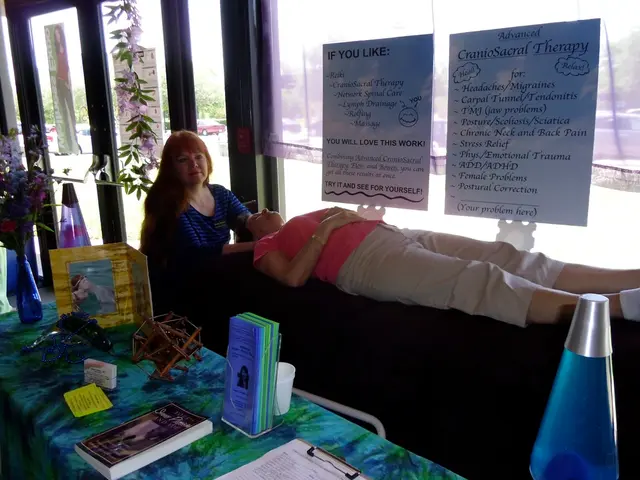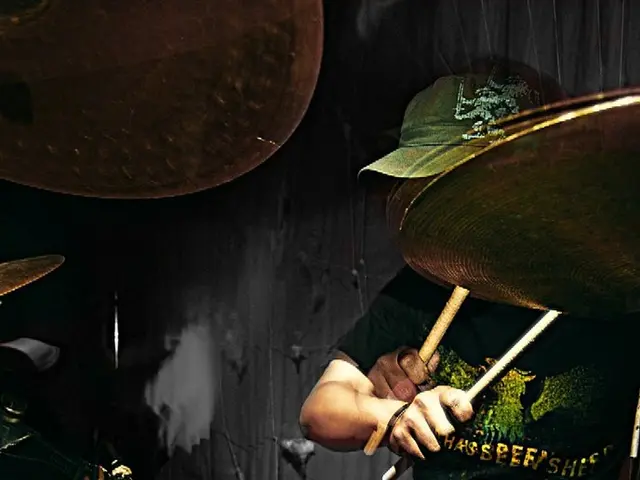Relieving a Headache Caused by Neck Tension: Step-by-Step Strategies
In the pursuit of a pain-free life, many people are unaware that their headaches may be linked to neck tension. Here's a guide to identifying the signs and symptoms, as well as effective methods to alleviate these headaches.
Headaches stemming from neck tension often manifest as a dull, throbbing ache or a constant pressure around the head, localised at the base of the skull or the back of the neck. These headaches can radiate towards the temples. Accompanying symptoms may include stiffness, tension, or soreness in the neck and shoulders, which can be tender to touch and limit your neck’s range of motion.
Another key indicator is that the pain often worsens with specific neck movements or certain postures, especially if poor posture or prolonged stress causes muscle strain. Chronic stress or anxiety can also cause involuntary muscle contractions in the neck and shoulders that contribute to headaches.
Tension headaches are usually less intense than migraines and do not typically come with nausea or light sensitivity. They can occur after waking up, indicating nighttime tension, or after prolonged periods of sitting.
To help alleviate these headaches, simple practices such as a warm bath or hot shower can provide relief, as heat helps to relax neck muscles. A heating pad or hot water bottle can also be placed on the neck to provide additional heat and relaxation. For a more targeted approach, peppermint oil can be applied to the temples and neck to provide a cooling and relaxing effect, which loosens muscles and promotes blood circulation.
Exercise plays a crucial role in preventing headaches. Regular yoga can help prevent headaches, as it promotes flexibility, strengthens muscles, and encourages good posture. Self-massage techniques, such as gentle circular motions with light pressure, can help relax neck muscles. The exercise "Neck Roll" can also help loosen neck muscles and mobilize the cervical spine, while "Head Nods" can potentially relieve neck tension and prevent headaches.
If headache pain is exacerbated by movement or pressure on the neck, this is an indication of neck tension. Keeping a headache diary can help identify the cause of recurring headaches, enabling you to take proactive steps towards relief.
It's important to note that while these self-help methods can provide relief, a proper diagnosis is generally based on your description of symptoms and a physical examination. Imaging like MRI or CT scans may be done if symptoms are unusual to rule out other causes.
In summary, headaches linked to neck tension present as pain at the base of the skull with accompanying neck stiffness and soreness that worsens with movement or posture and feels like tightness or pressure around the head. Addressing neck muscle tension through stretching, posture correction, stress management, or physical therapy can help alleviate these headaches.
- Science and health-and-wellness enthusiasts may find relief in identifying the signs of headaches stemming from neck tension, which include a dull, throbbing ache or pressure around the head and neck, neck stiffness, and soreness, often worsening with specific neck movements.
- In the realm of fitness-and-exercise, regular yoga practises and self-massage techniques can be beneficial in preventing headaches, as they promote muscle flexibility, strength, and good posture, thereby reducing neck tension.
- For those seeking alternative therapies-and-treatments for headaches, topical application of peppermint oil to the temples and neck can provide a cooling and relaxing effect, leading to muscle relaxation and improved blood circulation, potentially alleviating headaches.




